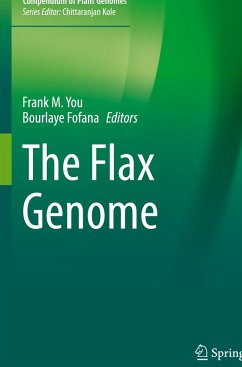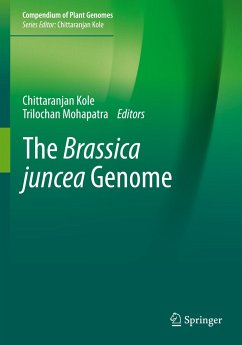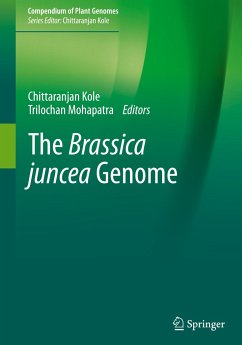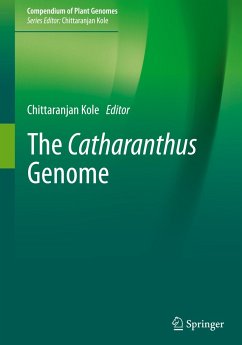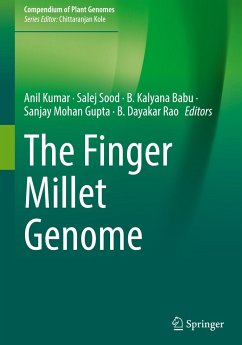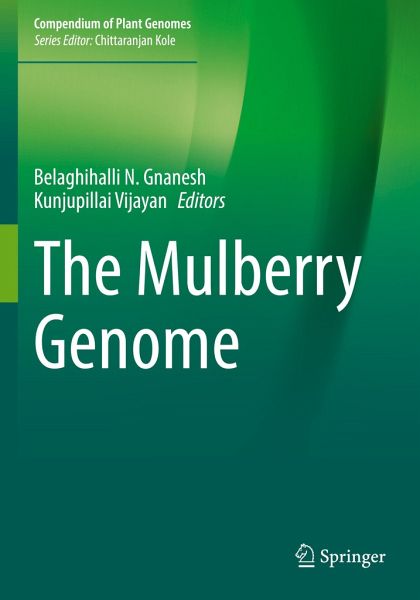
The Mulberry Genome
Versandkostenfrei!
Versandfertig in 6-10 Tagen
136,99 €
inkl. MwSt.

PAYBACK Punkte
68 °P sammeln!
This book is the first comprehensive compilation of current knowledge on mulberry (Morus L.) covering botany, cytogenetics, biodiversity, genetics and breeding, tissue culture and genetic transformation, biotic and abiotic stresses, molecular mapping, QTL identification, whole genome sequencing and elucidation on functional genomics. As mulberry is one of the most economically important trees in Asian countries, it has attracted the attention of both academicians as well as industrialists. Being highly heterozygous due to long juvenile life coupled cross pollination among species, the genetics...
This book is the first comprehensive compilation of current knowledge on mulberry (Morus L.) covering botany, cytogenetics, biodiversity, genetics and breeding, tissue culture and genetic transformation, biotic and abiotic stresses, molecular mapping, QTL identification, whole genome sequencing and elucidation on functional genomics. As mulberry is one of the most economically important trees in Asian countries, it has attracted the attention of both academicians as well as industrialists. Being highly heterozygous due to long juvenile life coupled cross pollination among species, the genetics of this important crop species is yet to be unravelled. Nonetheless, the recent success of sequencing the genomes of haploid and diploid domesticated species has ushered in an era of intense molecular and genetic research to understand this crop well for its better utilization for mankind.
In this book, efforts have been made to bring together key information on origin and distribution, taxonomy, morphological features, economic importance, abiotic stress responses, disease and pest resilience, current breeding strategies and their constraints, progress and prospects of gene mapping, elucidation of genes controlling metabolic and physiological pathways, and their utilization in crop improvement which are elaborated in about 250 pages over 13 chapters authored by globally leading experts on the species presented.
This book is useful to the sericulture community in the world in general and students, teachers, and scientists in the academia for forage and fruit production, genetics, breeding, pathology, entomology, physiology, molecular genetics, in vitro culture and genetic engineering, and structural and functional genomics. This book is also useful to seed and biofuel industries.
In this book, efforts have been made to bring together key information on origin and distribution, taxonomy, morphological features, economic importance, abiotic stress responses, disease and pest resilience, current breeding strategies and their constraints, progress and prospects of gene mapping, elucidation of genes controlling metabolic and physiological pathways, and their utilization in crop improvement which are elaborated in about 250 pages over 13 chapters authored by globally leading experts on the species presented.
This book is useful to the sericulture community in the world in general and students, teachers, and scientists in the academia for forage and fruit production, genetics, breeding, pathology, entomology, physiology, molecular genetics, in vitro culture and genetic engineering, and structural and functional genomics. This book is also useful to seed and biofuel industries.





